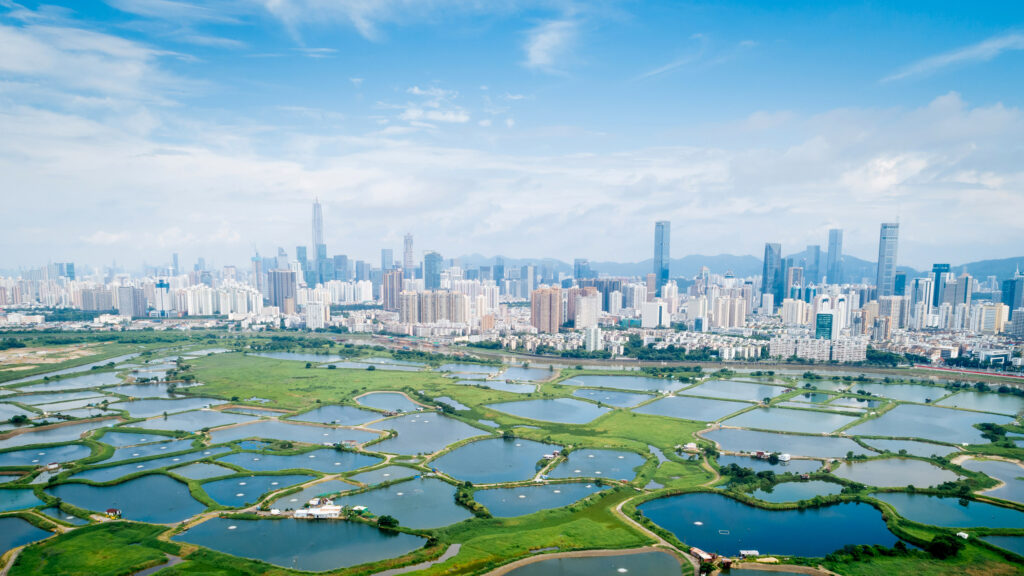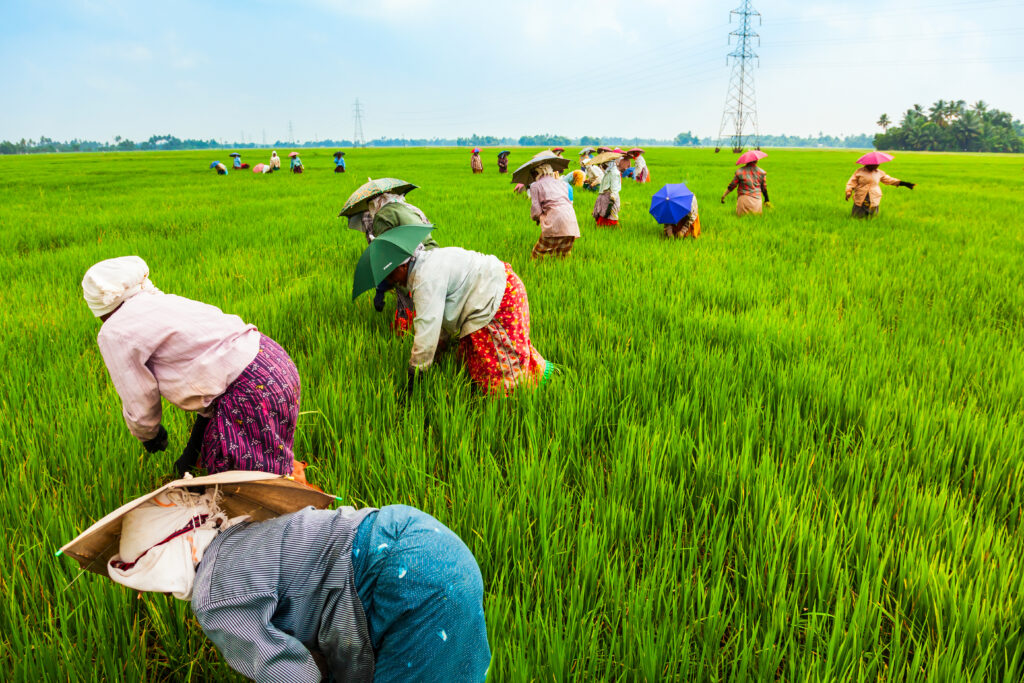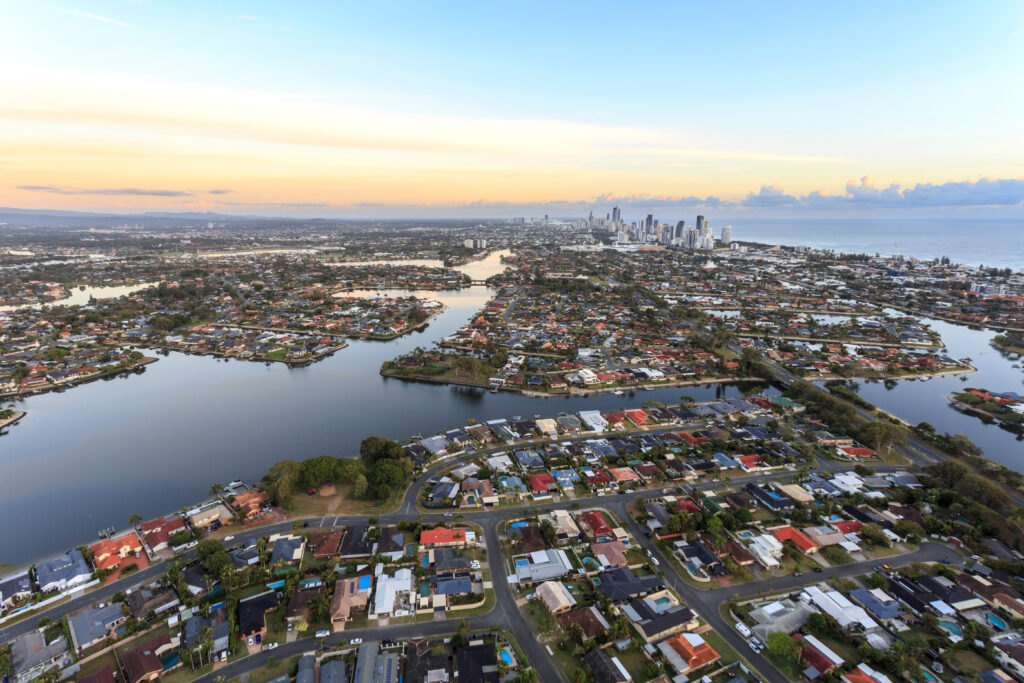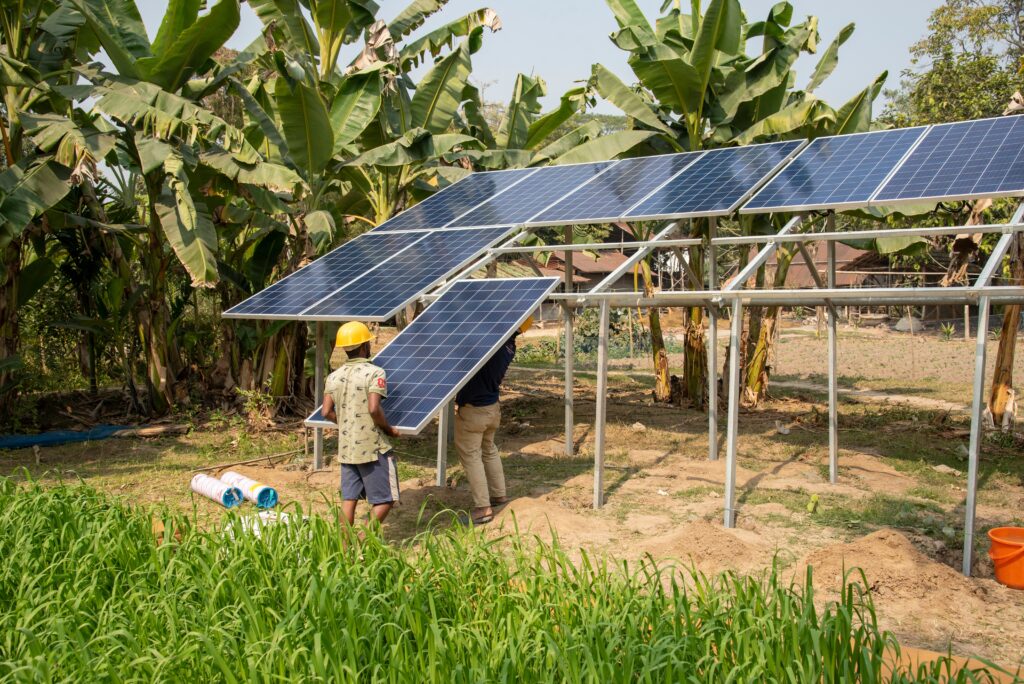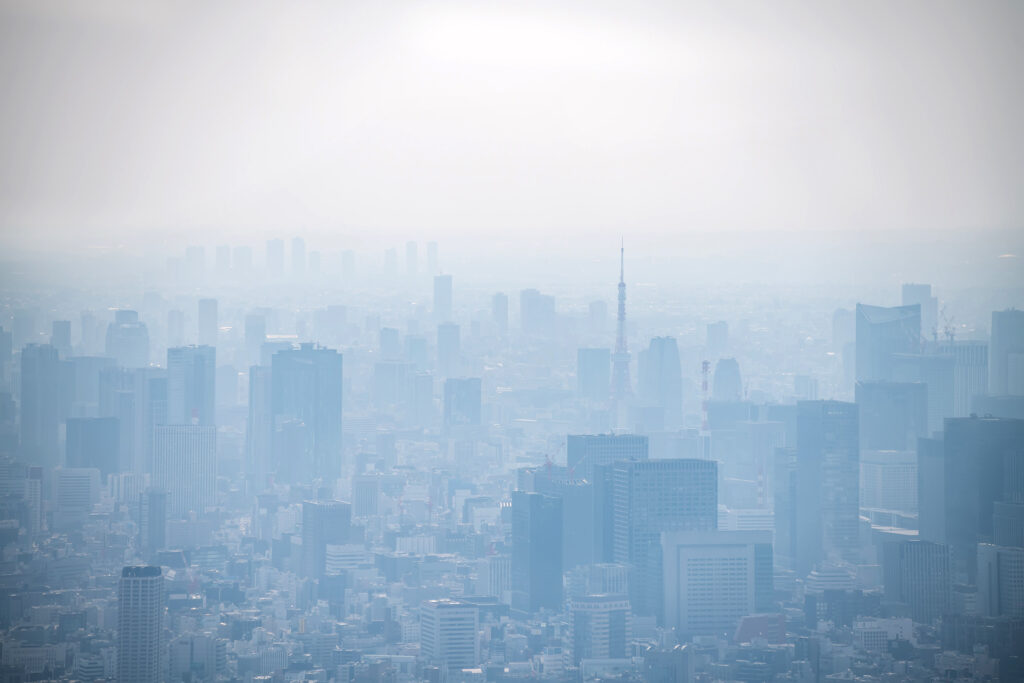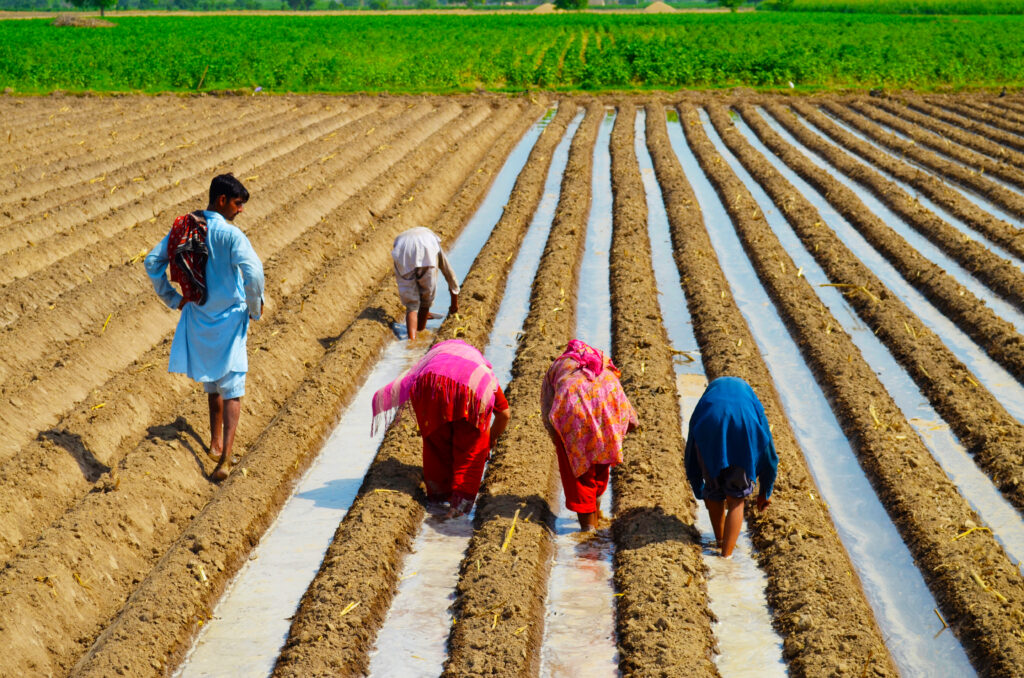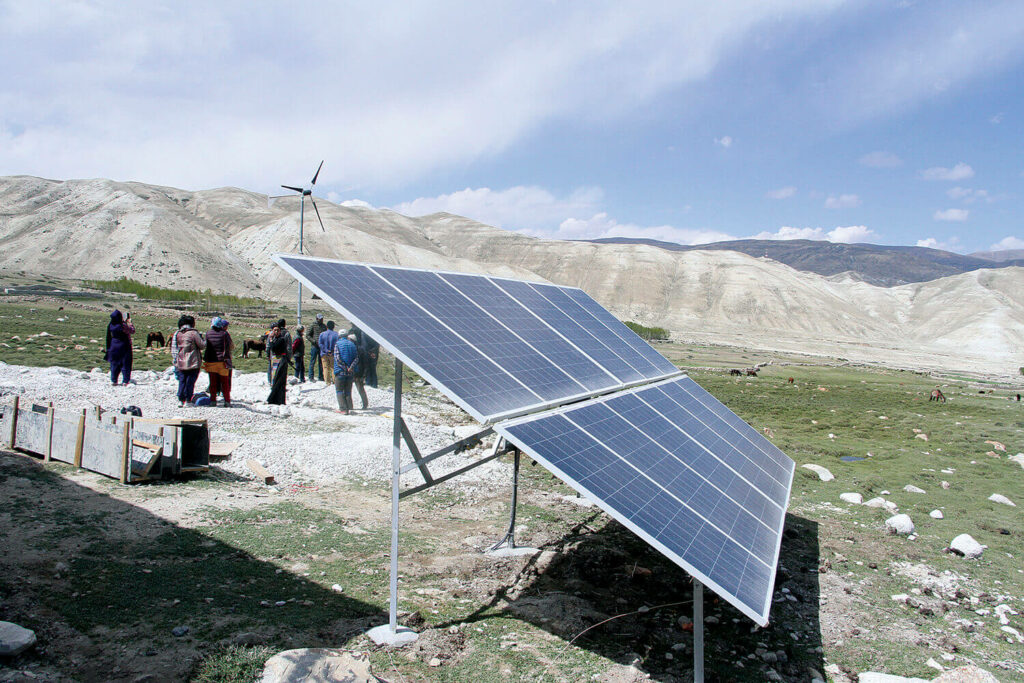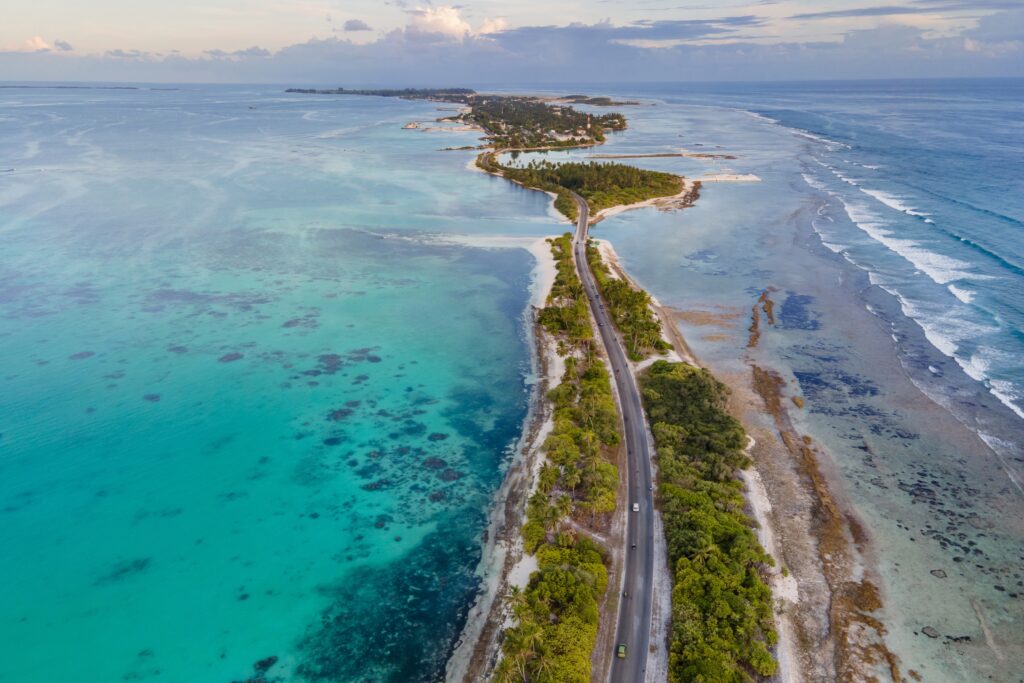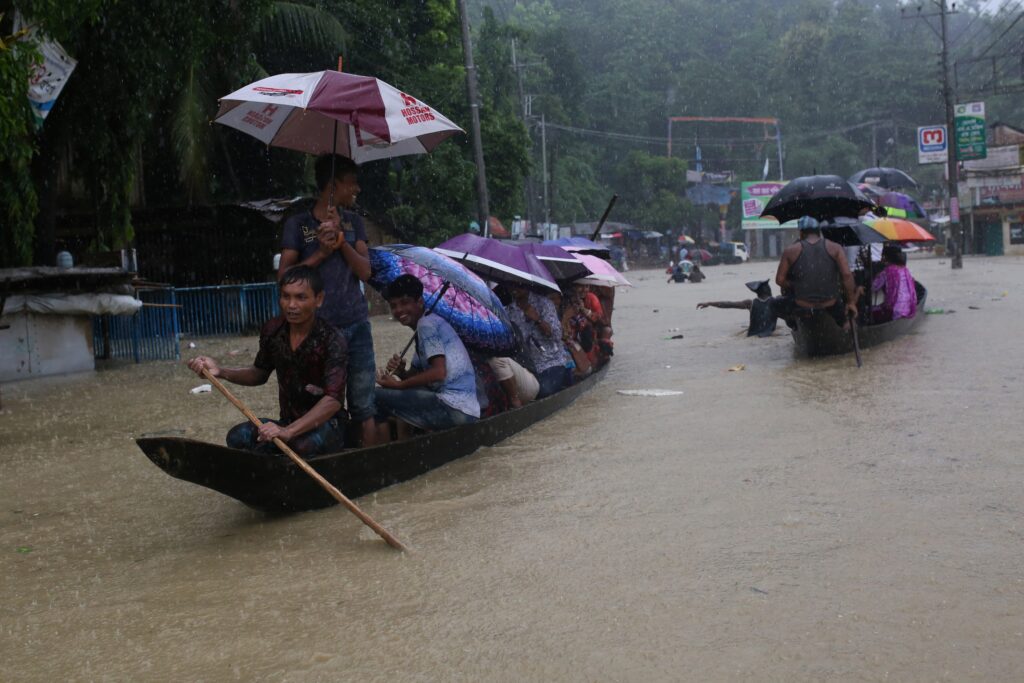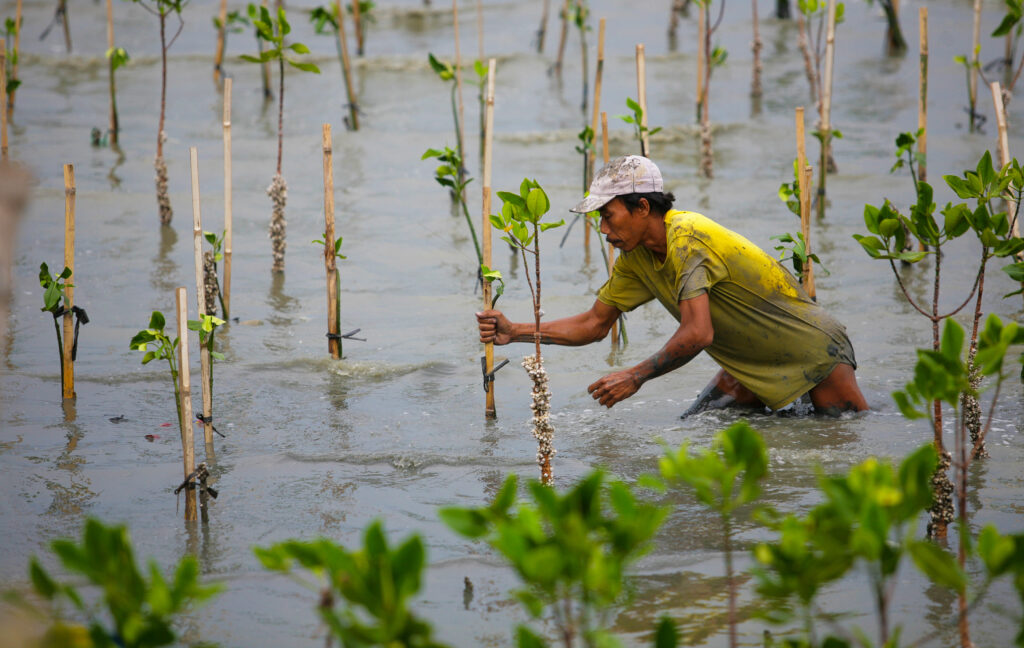Climate change adaptation is a society-encompassing endeavour that relies on a variety of options to be successful. While many consider climate change adaptation solely an infrastructural challenge, this is not true. Effective climate adaptation encompasses many things, from personal choices in our everyday lives to large-scale governmental adaptation actions. The world’s economies and societies need to become climate-resilient.
Investing and applying adaptation options in the near term is critical as global warming becomes severer. Without adaptation measures, climate change will cause an additional 250,000 deaths annually between 2030 and 2050 and lead to a 30% decline in agricultural yields by 2050.
Climate change is an ongoing concern that requires continuous action. To deal with them effectively, the world should perceive future climate risks and extreme weather events beforehand.
Here are the top 3 climate change adaptation options:
3 Ways to Adapt to Climate Change – Adaptation Options
An effective adaptation approach tackles climate change on three fronts: infrastructure and technology, behavioural and cultural solutions and nature-based approaches. Each adaptation option tackles climate impacts from a different perspective and works together to manage adaption in different parts of society. For example, the United Nations notes that a USD 1.8 trillion investment in early warning systems, infrastructure, technology and nature-based solutions will lead to USD 7.1 trillion in avoided costs down the line.
1. Climate-resilient Infrastructure
Infrastructure and technology options play a significant role in both climate change mitigation and adaptation. A report issued before the start of COP26 found that infrastructure accounts for 79% of all greenhouse gas emissions and will require 88% of adaptation funding.
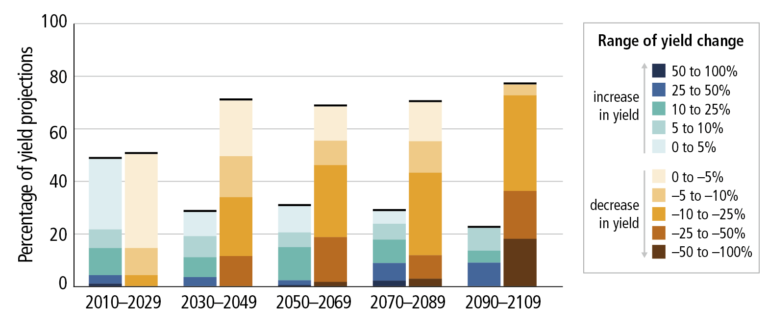
Infrastructure consists of the physical structures needed for the operation of society, like roads and electrical grids. As climate change progresses, climate-resilient infrastructure will become the new norm.
The Organisation for Economic Co-operation and Development (OECD) defines climate-resilient infrastructure as being “planned, designed, built and operated in a way that anticipates, prepares for and adapts to changing climate conditions”. “It can also withstand, respond to and recover rapidly from disruptions caused by these climate conditions,” says the organisation.
One of the leading reasons for this trend is that infrastructure was initially built without climate change in mind and only for a specific climate or environment. As these change, existing infrastructure may not adequately perform as it historically has. This gives rise to two situations: updating existing infrastructure to meet changing needs and developing new infrastructure to handle the new environment. Both are costly.
For example, roads and homes in coastal communities may become inundated due to sea level rise. They were not developed with the expectation that sea levels would rise by 1 m or more. To handle this change, communities would need to move and redevelop. Additionally, communities would also need flood and storm protection infrastructure on the new coastline.
Technology Improves Adaptation Strategies
Technology augments infrastructure by finding new and innovative ways to ensure it is climate-resilient. Already, technology has mitigated 20% of the potential economic damage from climate change since 1960. This translates to adaptation, which will mitigate 13% of projected economic damage by 2100. For example, Internet of Things (IoT) technology is improving water efficiency for agriculture in dry regions.
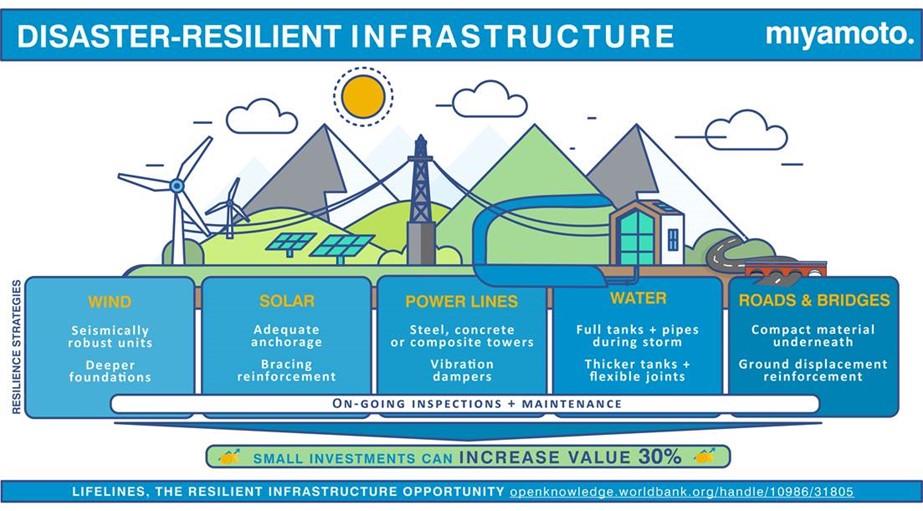
2. Behavioural and Cultural Change Protects Local Livelihoods
Behavioural and cultural adaptation options change how communities act so that they are ready for climate impacts. Human behaviour is complex and cultures are deeply entrenched, making this type of climate change adaptation knowledge challenging to implement. It is typically achieved through a combination of education and planning.
Behavioural changes range from families creating disaster preparedness plans to agricultural communities implementing sustainable crop rotations. For example, the World Bank’s Central Asian Flood Early Warning System (CAFEWS) forecasts flood risks that allow communities to adapt and react before extreme events of flooding.
3. Nature-based Solutions Provide Benefits
Nature-based climate adaptation consists of protecting, managing and restoring natural ecosystems that protect against climate impacts. These multi-faceted and cost-effective strategies provide several benefits beyond adaptation, like protecting biodiversity and climate mitigation. The World Bank estimates that nature-based solutions can provide 37% of the climate mitigation needed by 2030.
Common nature-based solutions include:
- Planting Mangrove Forests: Mangroves reduce the impact of storm surges and slow coastal erosion, and provide animal habitats.
- Restoring Natural Wetlands: Wetlands are natural sinks for water that collect runoff and reduce flood risk.
- Planting Trees: Trees absorb heat, limiting surface temperatures and protecting communities and human health against heatwaves.
For example, the Indonesian government will restore 6,000 square km of mangrove forests along its coastline in the next 20 years.
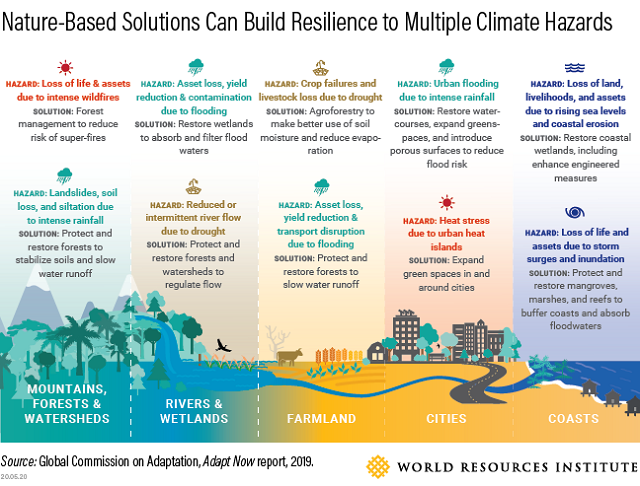
Closing the Adaptation Financing Gap
Developing infrastructure, changing behaviour and applying nature-based solutions all have a role to play in a cohesive climate adaptation strategy. Making these changes to global societies and economies is no small feat and takes time. However, the world doesn’t have time to wait, as adaptation needs to happen now.
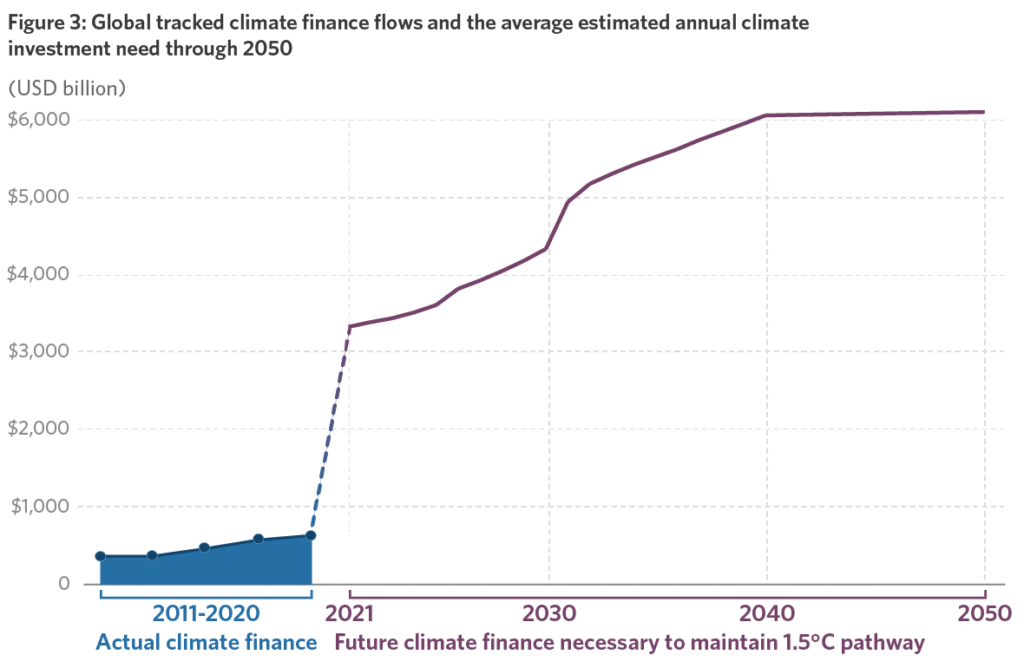
While over 80% of nations have at least one climate adaptation instrument in place, funding is slow to follow. There is still a global finance gap of over USD 300 billion annually for developing countries that needs to be met by 2030. These countries are some of the most vulnerable to climate change, yet they are the least prepared to deal with it. Climate adaptation is a global effort that requires international support.
Eric Koons
Writer, United States
Eric is a passionate environmental advocate that believes renewable energy is a key piece in meeting the world’s growing energy demands. He received an environmental science degree from the University of California and has worked to promote environmentally and socially sustainable practices since. Eric has worked with leading environmental organisations, such as World Resources Institute and Hitachi ABB Power Grids.
Eric is a passionate environmental advocate that believes renewable energy is a key piece in meeting the world’s growing energy demands. He received an environmental science degree from the University of California and has worked to promote environmentally and socially sustainable practices since. Eric has worked with leading environmental organisations, such as World Resources Institute and Hitachi ABB Power Grids.


